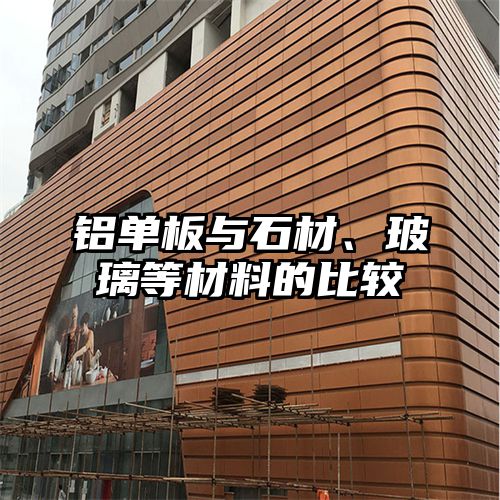
Comparison between Aluminum Veneer and Materials such as Stone and Glass
Abstract: This article will compare aluminum veneer with materials such as stone and glass from four aspects, including appearance aesthetics, plasticity, durability, and environmental friendliness. By elaborating in detail, explore the similarities and differences between them, as well as their respective strengths and weaknesses.
1、 Appearance aesthetics
1. The aesthetic appearance of aluminum veneer: Aluminum veneer has a flat and smooth surface, which can be treated by spraying or oxidation to present a rich and diverse color and texture effect. Its appearance is simple and modern, which can add a sense of fashion to the building. 2. The aesthetic appearance of stone: Due to its natural properties, stone has unique natural textures and colors, giving buildings a sense of antiquity and grandeur. Meanwhile, stone also has limitations in color and texture due to its natural characteristics. 3. The aesthetic appearance of glass: As a transparent material, glass can bring a transparent and bright feeling to buildings. Meanwhile, glass can also be processed through techniques such as spraying or printing to present various colors and patterns, enhancing the artistic quality of the building.
2、 Plasticity
1. The plasticity of aluminum veneer: Aluminum veneer can be customized according to design needs and has high plasticity. Aluminum veneers of different shapes can be produced through bending, stamping, and other methods, suitable for various creative designs and curved shapes. 2. The plasticity of stone: Stone has weak plasticity and can usually only be processed through simple methods such as cutting and polishing, making it difficult to achieve complex shapes and designs. This limits the application scope of stone in architectural design. 3. The plasticity of glass: Glass has relatively low plasticity and is mainly changed in shape through hot and cold processing. The processing of glass requires consideration of its fragility and deformability, which are quite complex.
3、 Durability
1. Durability of aluminum veneer: Aluminum veneer has good weather resistance and corrosion resistance, and can maintain stability for a long time in harsh natural environments. At the same time, the surface of aluminum veneer can increase its wear resistance and fading resistance after spraying or oxidation treatment. 2. Durability of stone: Due to its natural properties, stone has good resistance to weathering and wear. But some stones are susceptible to acid rain and pollution, leading to a decrease in surface quality. 3. Durability of glass: Glass has good weather resistance and chemical corrosion resistance, and is not easily corroded by substances such as acid and alkali. However, glass is fragile when subjected to external impact and requires careful use and protection.
4、 Environmental friendliness
1. The environmental friendliness of aluminum veneer: Aluminum veneer is considered an environmentally friendly material due to its recyclability and reusability. In the production and processing process, resource consumption and waste discharge can be reduced. 2. Environmental friendliness of stone: As a natural material, stone has good environmental friendliness. In the process of quarrying and processing, it is necessary to manage water sources and waste materials reasonably, and make rational use of resources. 3. The environmental friendliness of glass: Glass has good environmental friendliness, mainly reflected in its recyclability. Abandoned glass products can be recycled and reprocessed to reduce resource consumption and waste generation.
5、 Summary:
Aluminum veneer, stone, and glass as building materials each have their own advantages and disadvantages. Comparing from four aspects of appearance aesthetics, plasticity, durability, and environmental friendliness, it can be seen that aluminum veneer has better appearance and plasticity, while stone and glass have advantages in unique texture and transparency. Choosing appropriate materials for different construction projects can be balanced based on project requirements and design goals. Therefore, in practical applications, it is necessary to comprehensively consider various factors and make choices to achieve the best building effect and goals.


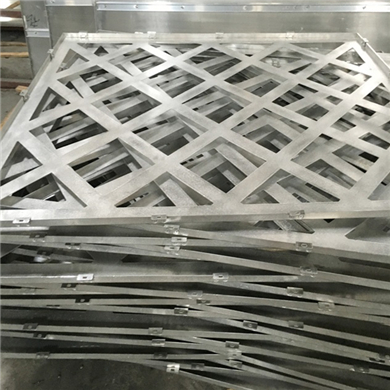
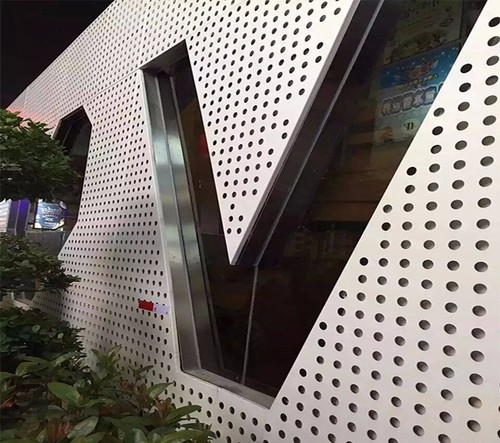
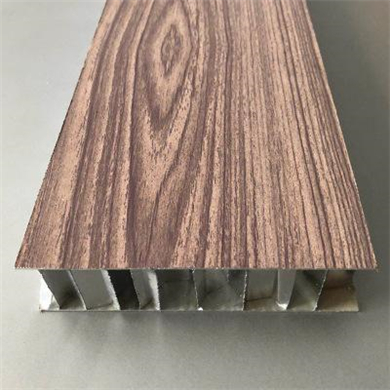
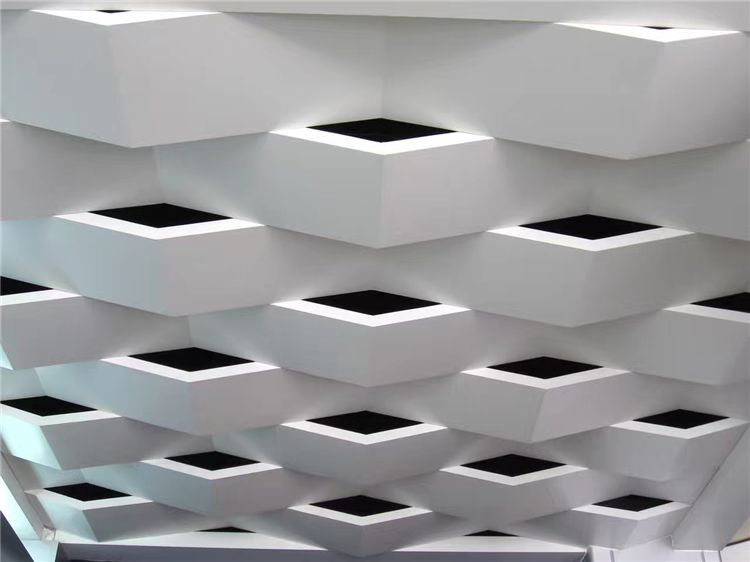
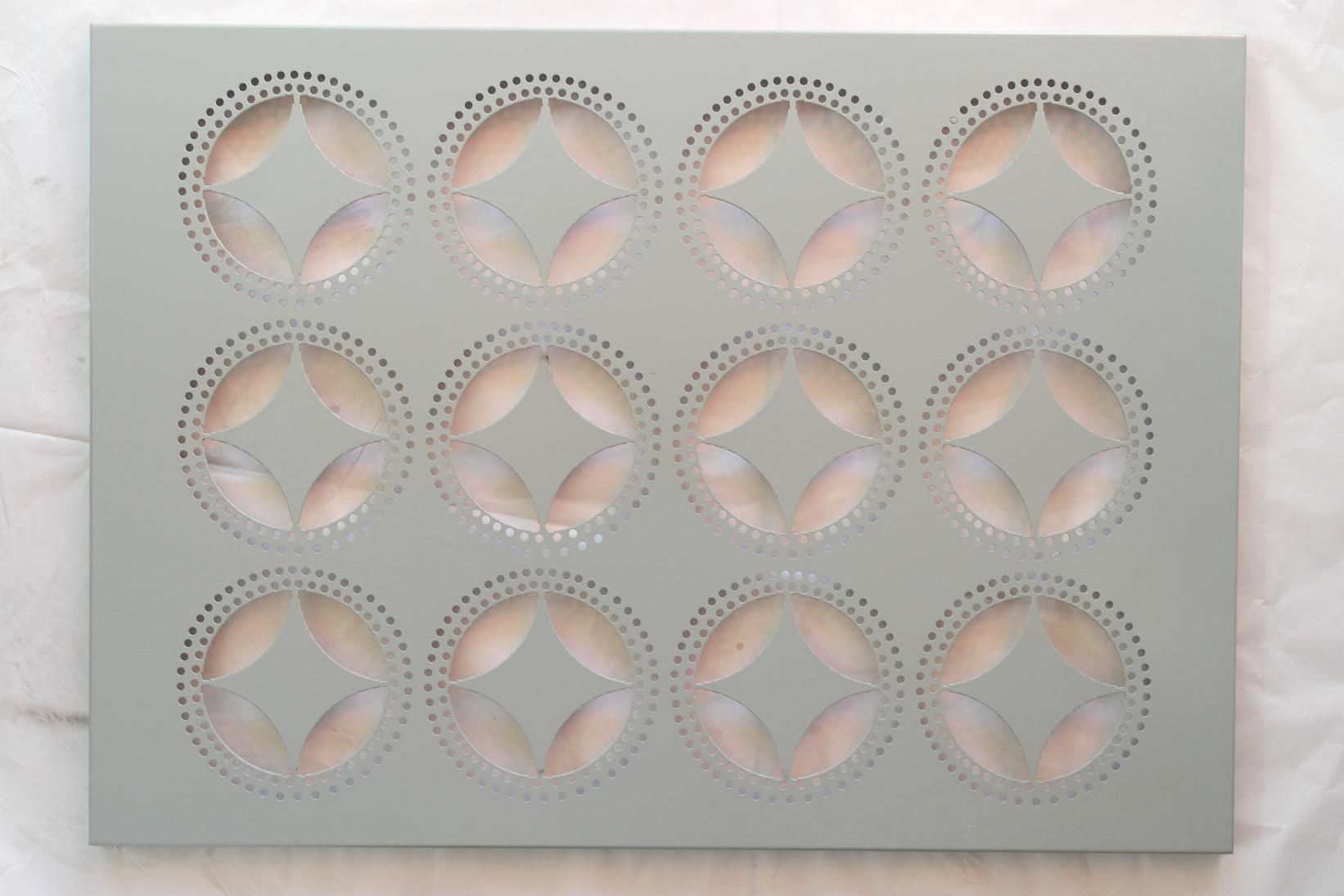
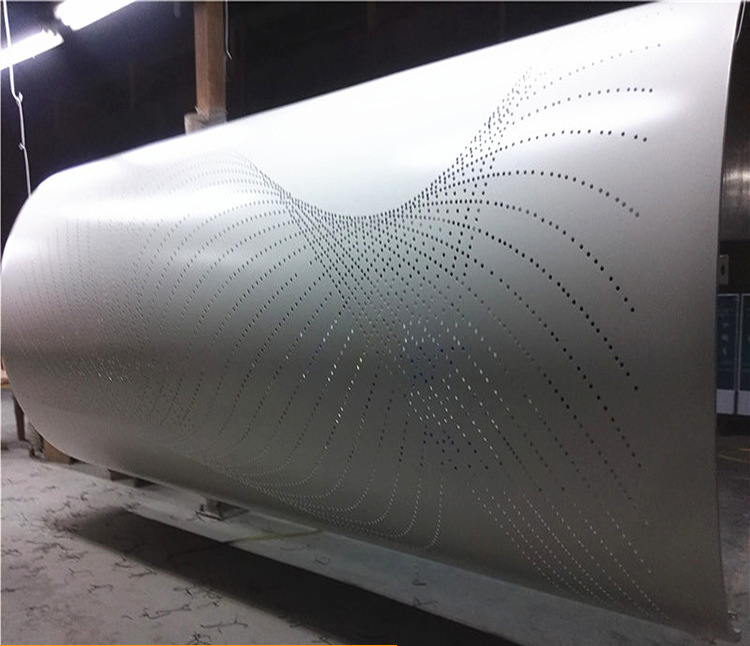
 Customer service QQ
Customer service QQ